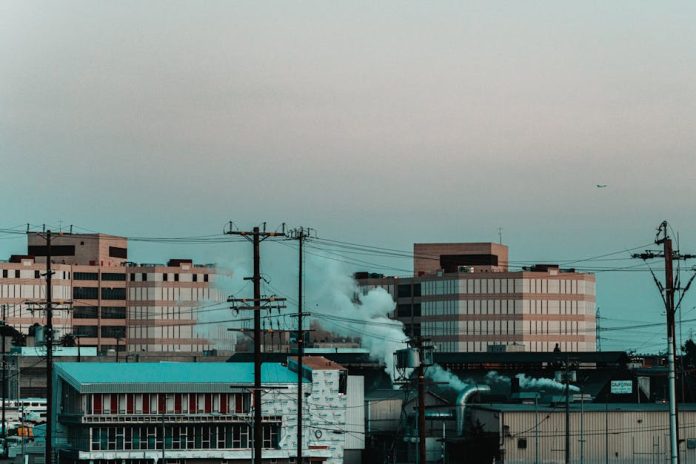
We see the hazy smog hanging over cities and smell the smoke from distant wildfires. We’ve been warned for years about the dangers of air pollution, particularly PM2.5 particles. But what if the most dangerous threat is one you can’t see, smell, or taste? A new front has opened in the battle for clean air, and its name is PM1—an invisible killer quietly infiltrating homes and bodies across America.
What Exactly is PM1 Pollution? The Ghost in the Air
You’ve likely heard of PM2.5, fine particulate matter smaller than 2.5 micrometers. Now, meet its smaller, more sinister relative: PM1. These are ultrafine particles smaller than 1 micrometer—so minuscule that about 100 of them could fit across the width of a single human hair.
Unlike larger particles that get trapped in our nose and throat, PM1 particles are so small they bypass our body’s natural defenses. They are generated from similar sources as other pollutants:
- Vehicle exhaust from cars, trucks, and planes
- Industrial emissions and manufacturing
- Smoke from wildfires and agricultural burning
- Cooking fumes and burning candles indoors
Because of their infinitesimal size, they stay suspended in the air for longer and travel further, making them a pervasive, nationwide problem.
The Invisible Threat: Why PM1 is So Dangerous
The size of PM1 is its superpower and our greatest vulnerability. Once inhaled, these ultrafine particles don’t just lodge in the lungs; they are small enough to pass directly into the bloodstream. From there, they can travel to every major organ in the body, including the heart, brain, and liver.
The Health Toll of Ultrafine Particles
Scientific studies are increasingly linking PM1 exposure to a host of severe health problems:
- Cardiovascular Disease: Particles can trigger inflammation in blood vessels, increasing the risk of heart attacks and strokes.
- Respiratory Issues: They can worsen asthma, cause shortness of breath, and lead to chronic lung conditions.
- Neurological Damage: Emerging research suggests a link between these ultrafine particles and neurodegenerative diseases like Alzheimer’s and Parkinson’s, as they can cross the blood-brain barrier.
- Systemic Inflammation: By circulating throughout the body, PM1 can cause widespread inflammation, a root cause of many chronic diseases.
Fighting an Invisible Enemy: How to Protect Yourself and Your Family
While the thought of an invisible killer is frightening, you are not powerless. You can take concrete steps to reduce your exposure to PM1 pollution and safeguard your health.
1. Monitor Your Local Air Quality
Knowledge is your first line of defense. Use air quality apps and websites (like AirNow.gov or PurpleAir) to check real-time pollution levels in your area. If the Air Quality Index (AQI) is high, especially for particulate matter, it’s a sign to take precautions.
2. Create a Clean Air Sanctuary at Home
Since we spend most of our time indoors, improving your indoor air quality is crucial. Invest in a high-quality air purifier with a HEPA (High-Efficiency Particulate Air) filter. HEPA filters are specifically designed to capture these ultrafine particles, effectively scrubbing them from the air you breathe at home.
3. Mask Up Strategically
On days with poor air quality, wearing a well-fitting N95 or KN95 mask when outdoors can provide significant protection. Unlike cloth masks, these are designed to filter out a high percentage of tiny airborne particles, including PM1.
4. Adjust Your Outdoor Activities
When pollution levels are elevated, try to limit strenuous outdoor exercise like running or cycling. Your breathing rate increases dramatically during exercise, meaning you inhale a much larger volume of polluted air—and the particles within it.
The Air We Share: A Call to Action
PM1 pollution is a silent but serious threat to public health across America. It’s a problem that transcends city limits and state lines, affecting us all. By understanding the risks and taking proactive steps to protect ourselves, we can mitigate its impact on our health. But individual action is only part of the solution. We must also advocate for stronger clean air policies and a faster transition to cleaner energy sources to cut this invisible killer off at its source.
Don’t wait. Share this information with your loved ones and start making changes today. Your lungs, heart, and brain will thank you for it.

